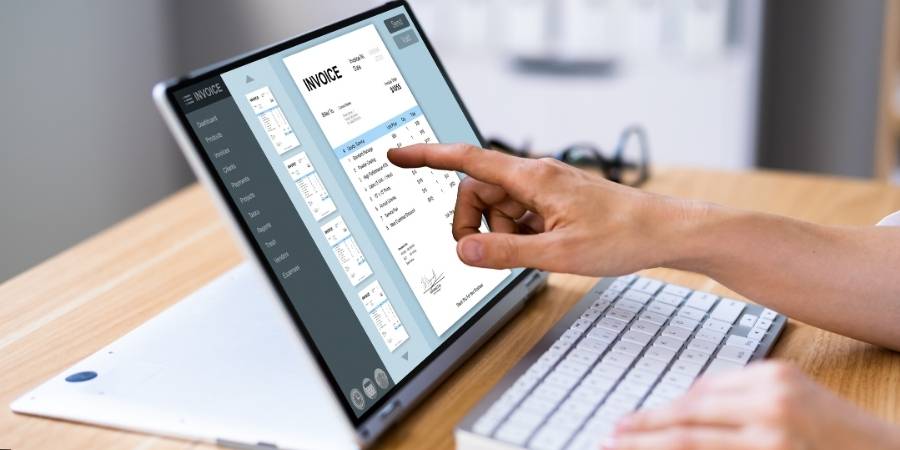The convergence of next-generation telecom infrastructure and financial technology APIs forms the critical foundation of modern digital commerce. Fiber-optic networks now deliver multi-terabit throughput while ISO 20022-compliant messaging enables millisecond settlement times across payment ecosystems. Organizations implementing these technologies report 40% reduction in transaction costs and 99.999% uptime reliability. Yet security vulnerabilities emerge at integration points, requiring robust encryption protocols. The strategic implementation decisions made today will determine competitive advantage for the next decade.
The Evolution of Fiber Infrastructure: From Copper to Terabit Capacity
Three distinct phases mark the transformation of telecom cabling from traditional copper infrastructure to modern fiber-optic networks capable of terabit-scale data transmission. First came copper’s limited bandwidth deployment, followed by hybrid systems integrating early fiber technology alongside legacy copper.
The current phase features ultra-high-capacity fiber deployments with coherent optical transmission systems achieving multi-terabit throughput.
These advancements critically support transoceanic connectivity, with submarine cable systems spanning thousands of kilometers without signal regeneration. Modern cables incorporate space-division multiplexing and wavelength-division multiplexing technologies to maximize capacity within physical constraints, enabling exponential bandwidth growth essential for cloud computing, IoT expansion, and global data center interconnection. Telecom cable providers trajectory in 2025 seems to be trending positively.
How 5G Networks Are Reshaping Financial Transaction Capabilities
The convergence of 5G networking infrastructure with financial technology has fundamentally transformed the capabilities, security protocols, and processing capacities of digital transaction systems. The unprecedented bandwidth and minimal latency of 5G networks enable transaction velocity rates previously unattainable, processing millions of micro-payments in milliseconds.
This infrastructure supports edge computing implementations that decentralize authentication processes, thereby reducing verification bottlenecks while maintaining robust security standards. Financial institutions leveraging 5G-enabled APIs achieve 99.999% uptime for mission-critical payment services, vastly outperforming legacy systems.
These technical advances facilitate real-time cross-border settlements and instantaneous global e-invoicing API helps realize tomorrow’s borderless financial ecosystem.
The Rise of Real-Time Payment Processing Through Advanced APIs
Real-time payment processing APIs have revolutionized global financial infrastructures, enabling transaction settlement within milliseconds rather than the traditional T+2 or T+3 clearing periods. These advanced interfaces leverage ISO 20022 messaging standards and RESTful architectures to facilitate instantaneous fund transfers across disparate banking systems and jurisdictions.
Enterprise-grade implementation now incorporates real-time reconciliation capabilities, automatically matching payments against invoices within the same processing cycle. This technological convergence eliminates float time, reduces operational costs, and mitigates settlement risk.
The underlying telecom infrastructure provides the necessary bandwidth and redundancy to support these mission-critical financial services, ensuring sub-second response times even during peak transaction volumes.
Security Challenges at the Intersection of Telecom and Financial Data
As telecommunications networks and financial data systems become increasingly intertwined, significant security vulnerabilities emerge at their convergence points. These intersections represent critical attack vectors where data protection risks are magnified exponentially.
Multi-layered encryption protocols must be implemented at cable termination points where financial APIs interface with telecom infrastructure. Organizations require thorough security frameworks that address both physical cable vulnerabilities and API authentication weaknesses simultaneously.
Zero-trust architectures with continuous verification mechanisms offer promising solutions by compartmentalizing potential breaches. The convergence necessitates collaborative threat intelligence sharing between telecom providers and financial institutions to mitigate evolving cross-domain exploits targeting this increasingly complex digital ecosystem.
Future-Proofing Business Operations: Integration Strategies for Hybrid Systems
How can organizations effectively navigate the shift to hybrid infrastructure models without compromising operational integrity? Successful integration requires establishing inclusive digital transformation governance frameworks that align telecom infrastructure with financial data systems.
Organizations should implement standardized API interfaces between legacy cabling systems and cloud-based e-invoicing platforms, ensuring bidirectional data flow while maintaining protocol consistency. Critical success factors include modular architecture design, redundant connectivity paths, and centralized monitoring protocols for cross-domain performance metrics.
Conclusion
As enterprises race to future-proof their digital backbones, they’ve brilliantly created systems so complex that only three people worldwide understand them. The convergence of fiber-optic paradigms, 5G network matrices, and ISO-compliant API ecosystems hasn’t just optimized transaction velocities, it’s guaranteed job security for consultants tasked with explaining why something that should take seconds requires three quarterly meetings to implement.



